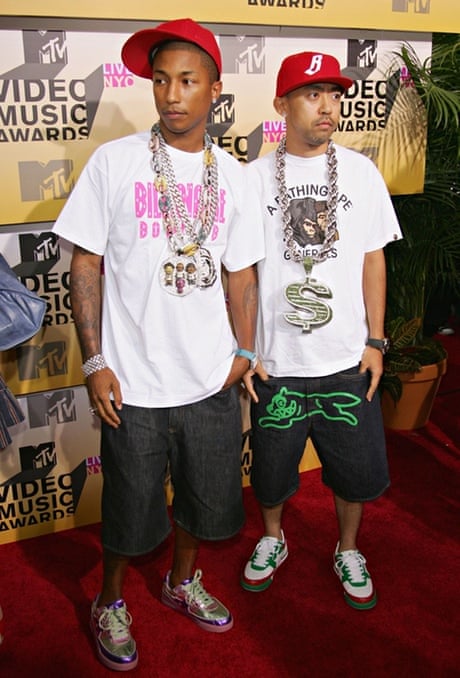Since you didn't respond to the question I asked, I'm going to assume you meant the article that was posted by Dr. Russell from Gifu University. I should note that I read his other articles as well, and he's written several academic papers on the subject matter of being black in Japan. I've provided links to the articles and other material below if you want to check it out. One is a google list that has details and a panel listed on Youtube with other members of the Japan Times writers and a well known Youtuber.
https://gifu-u.academia.edu/JohnRussell -academic articles, a number are written in Japanese.
https://www.japantimes.co.jp/author/john-g-russell/ -Dr. Russell's articles for Japan Times
Google search link to a number of articles by Dr. Russell and a panel on Youtube about the blackface in Japan -the panel is the very first one.
In regard to the article itself it's a very good piece that covers a lot of modern issues in regard to not just Japan but the East Asian experience for darker skinned individuals that live there. However there are a few things that I do think that needs to be discussed in regard to the history of what shaped the Japanese culture regarding different races and their view point. One thing of note is that while I do see where he's coming from with his sources, and I would agree that certain factors do become more predominant after the Sino- War, and the Meiji Restoration, due mostly to the proliferation of print making becoming more accessible and cheaper with mass production so it's easier for commoners to engage in the actions and views of the nobles of the period, I would like to point out that early adaptation of western fashion, art, and other factors stretch as far back as the Sengoku period and before with Merchants making contact with the west via the silk road trade in China and the, then, kingdoms of Korea, as Japan did ally with kingdoms in Korea as trading buddies.
Oda Nobunaga was known for working with the Jesuits, actively patroning them, and befriending some of them. He, and his men, heavily adapted western warfare (arquebuses), and he wore western clothing at times (namely the pants if I'm recalling the article), as well as carrying and using a gun in battle, which was later used by other noble lords. Date Masumune actively sent envoys to the Pope in the west as well. Aketchi Mitsuhida's daughter Gracie and Oda's brother in-law's sister Maria both were converts to Christianity during the Sengoku period.
If we're going to discuss the heavy influences then we have to look at the Dutch East Company, who were the only group allowed to Trade after Tokugawa's Shogunate pushed out most other countries. The Dutch had a large role in shaping Japan in regard to the world. Tokugawa Ieyasu was heavily interested in the likes of William Adams and Jan Joosten van Lodensteyn, both of whom are well respected as influencers in how Japan saw the west. Dutch Schools were a big deal during the Edo period, and even into the start of the Meiji period.
So while I heavily agree with a lot of this, we need to also look earlier for the influences of the west on Japanese culture. I would highly suggest for reading:
Samurai William by G. Milton -book covers about William and the time he served as a Samurai in Japan and the politics there.
African Samurai: The True Story of Yasuke -excellent book on the subject of Yasuke, one of the only known black Samurai of the Oda clan
Another book on Yasuke by the same author -it's the first book of the two by the same author about Yasuke, which is going to be made into a movie.
This is something that isn't talked about much at all in regard to Japan. The reason the Shoganate even exists is because of the battles with the Emishi people to the north, and the only manga that I can think of that actually covers the situation with the Ainu is the series Golden Kamui. I'm damn sure there are books on the subject from academia though. Colorism is a huge thing in Japan, and something that has been changing though over time. The recent Japan Sinks has a very interesting take on things and the characters and their role in the social issues of Japan play a really large part in the story. There is a diversifying of Japan, it's just slow because of how things were done in the past.
While I think Rose of Versailles, and Candy played a huge part in shaping Shojo and Josei art, and certainly the love of that period of time in Japanese fashion and design, I do have to note that the bigger influence in anime and manga came in the form of the Nippon World Classic's Theater, which ran shows like Heidi, Anne of Green Gables and A Dog of Flanders. Two of which are Alpine stories that came over to Japan during the restoration period and Anne is beloved in Japan being the first translated western novel for girls at the time. The influence of these shows also bleed into Ghibli as several of the most important members of the studio worked on these shows, namely Heidi, which to this day is referenced by anime shows and manga (see GinTama's jokes on it) and a lot of other Norther European children's works shaped readership in Japan as well early on in the mid 1800s, and then into the 1960s as it was getting adapted for anime.


/https%3A%2F%2Ftf-cmsv2-smithsonianmag-media.s3.amazonaws.com%2Ffiler%2F77%2F76%2F777677fd-2784-414f-9cd5-e1d549ef526d%2Fapr14_l06_japan.jpg)


